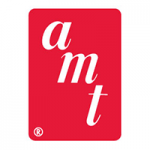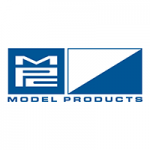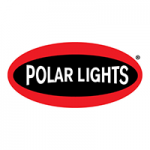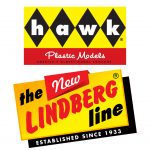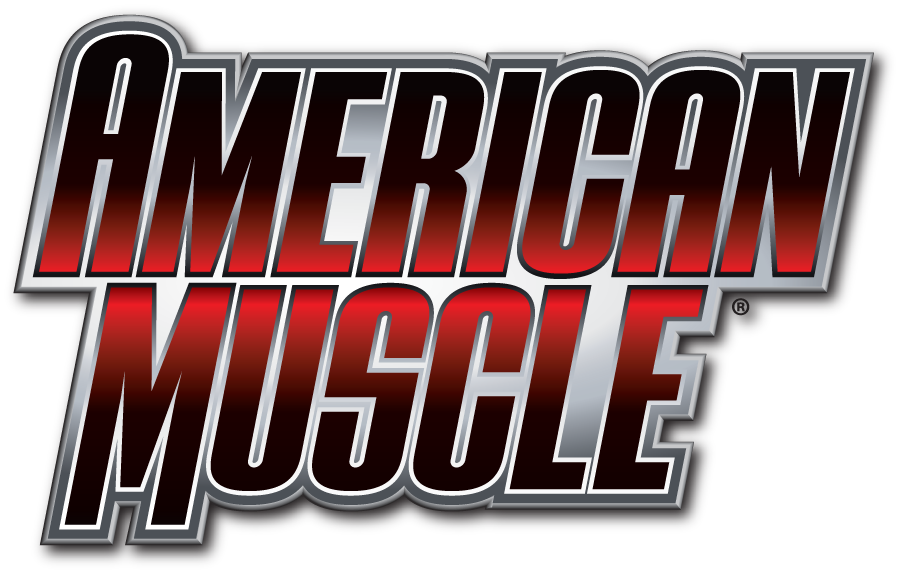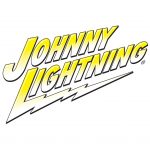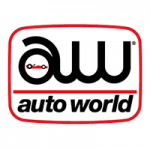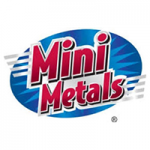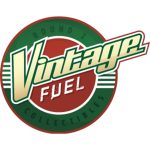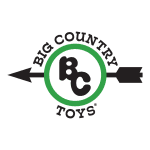FAQ
Assembly Basics
The words “runners”, “sprues” and “trees” all basically mean the same thing. They are the holders that the parts are attached to. It’s easiest to remove the parts with a sprue cutter (available at most hobby shops) or a hobby knife. For the best fit when building your model, it’s important to cut the parts off as close as possible to the part itself so there is no excess plastic left on the part from the tree. Please do not twist the parts off as this can cause deformation or breakage, especially with small, thin or fragile parts.
Plastic model kit parts will sometimes have a rough edge or “mold parting line” on them as a result of the plastic injection manufacturing process. These lines can be removed by lightly sanding the edge off the part with a small file, emery board, or sandpaper. Flash is caused by a little amount of plastic seeping between the two halves of the mold due to the high injection pressure. We have quality control measures in place to eliminate as much flashing as possible but sometimes it is unavoidable. Often, flash can be carefully removed by hand and then sanded clean. Remove flash and parting lines before painting your parts for a more realistic and professional appearance. Styrene plastic is soft and sands without much effort so be careful not to remove too much material.
Many of our kits can be built in more than one way, with many optional parts. Often this results in good parts being left over. Or, sometimes kits share their moulds with other models resulting in extra parts being included. Either way, we suggest you keep any extra parts in a spare parts box as you may find them useful in the future for other models you may wish to build and customize!
We recommend painting the parts and allowing them to dry fully before assembling them. Or, for small sub assemblies such as an engine block where a number of parts will all be painted the same color, those parts may be assembled first and then painted as a single unit. When assembling painted parts, remove the paint from surfaces to be glued together.
It is important not to use very cold or very warm water to loosen the backing paper on decals. After the decals are cut apart, they should be dipped briefly in lukewarm water, approximately 68 to 72 degrees F just long enough for the backing paper to start loosening. If a decal rolls up, it can be removed from the water and placed on a paper towel. It should unroll. Then it can be slid off the backing paper and onto the model. After the decal is in position, carefully blot away excess water. Full instructions are printed on the the backs of the decal sheets. It’s best to review them before beginning to decal your model.
Box art models are often built from pre-production “test shots” by master model builders. In most cases what is shown on the box is exactly what is in the kit, but if there is a slight variance, it will not affect your model when built. We strive to to be accurate with what is shown on our packaging. The majority of our kits have a complete parts layout diagram on the bottom of the box as well, which shows exactly what is in the kit. In very rare cases, a prototype or hand-made master model may be used for photography in the event that the actual kit production has not been completed. Again, this does not affect the quality of the production model parts.

